Want to start your own home-based business?
Now, I’m not talking about making $100 extra or MLM scams (no thanks!). Instead, I’m talking about building a real, successful home business that lets you build a life YOU want. A business that takes work to build, but that can have a real impact and replace your salary.
In today’s post, you learn:
- The BEST home business ideas.
- How to build a business that is impactful AND successful.
- How to transform the skills you have now into a thriving business that lets you work from home.
- How I started my own home business, which now has an audience of hundreds of thousands of people, is a multimillion-dollar business, has helped thousands of students and clients, and has led me to share my advice on sites like Forbes and Business Insider.
Want to learn more? Read on!
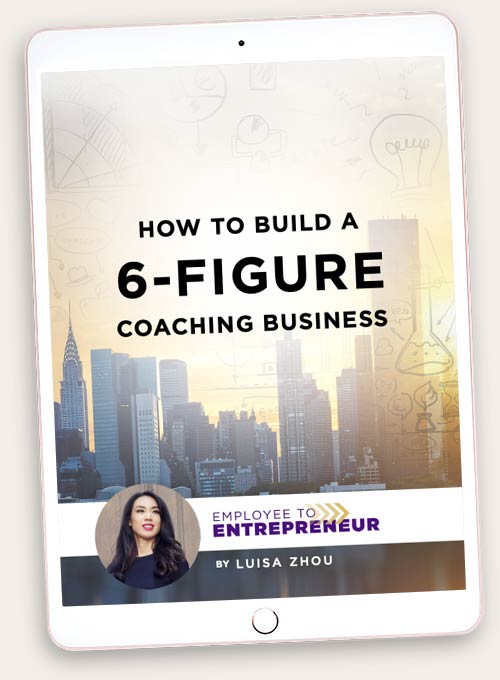
Want to Build a 6-Figure Coaching Business So You Can Achieve More Freedom?
Get Instant Access To My FREE Ultimate Guide Below!
When you sign up, you’ll also receive regular updates on building a successful online business.
Chapters:
1) Here’s what you need to know about starting a home business
2) How do you choose YOUR home business idea?
3) 100 successful home business ideas
4) How to build your own home-based business
Here’s what you need to know about starting a home business
Look, I know what it feels like to want to work from home.
Before I built my business, I was in a corporate 9-5 (more like a 9 to late).
My dream was to march into my boss’s office with a resignation letter in my hand.
But I’m not a risk-taker. I didn’t want to be yet another person who quits their job and then finds themselves stressing about paying their bills.
That’s why I did things a bit differently… When I ultimately left my job and started my home-based business, I had already made six figures.
And I did all of this with an existing, high-value skill that I had learned in my 9-5:
Digital advertising consulting.
Once I DID hand in my resignation letter, I was able to smoothly transition into working on my business full-time with paying clients lining up to work with me. Here’s how I did it.
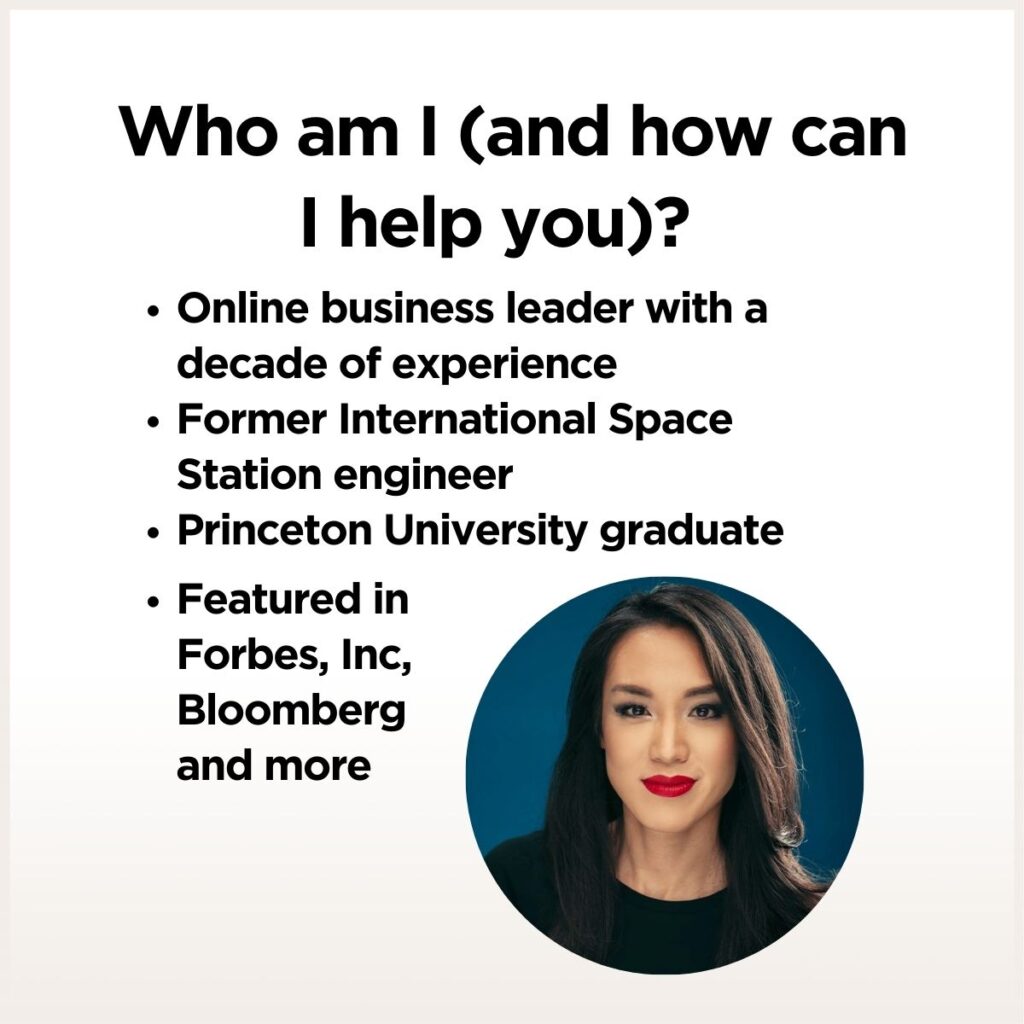
The benefits of starting a home business
Working from home offers tons of benefits. For example, studies show that people who work from home are happier and feel more fulfilled. Plus, already 43% of Americans work from home at least occasionally, 35% as freelancers or other service providers. And according to SBA, 50% of all businesses in the US are home based.
And yes. Working from home lets you control your schedule.
You get to take care of your kids as a stay-at-home parent while running a business, go to the gym in the middle of the workday, or travel more because you can work from anywhere.
These days, I decide what my schedule looks like:
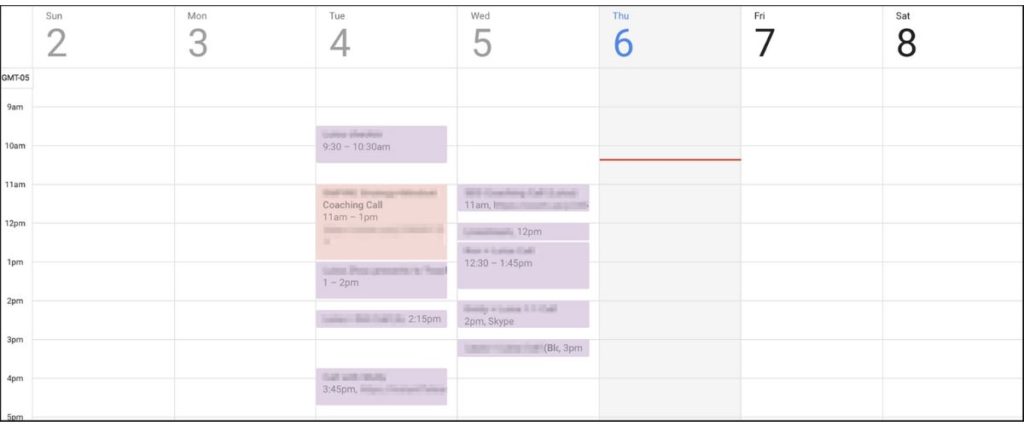
Tuesdays and Wednesdays are my call days. The rest of the time?
I decide. For example, earlier this year, I went on a longer trip to Japan with my family.

I get to walk my dog, Falco, mornings, afternoons, and evenings. (Well, he demands it).
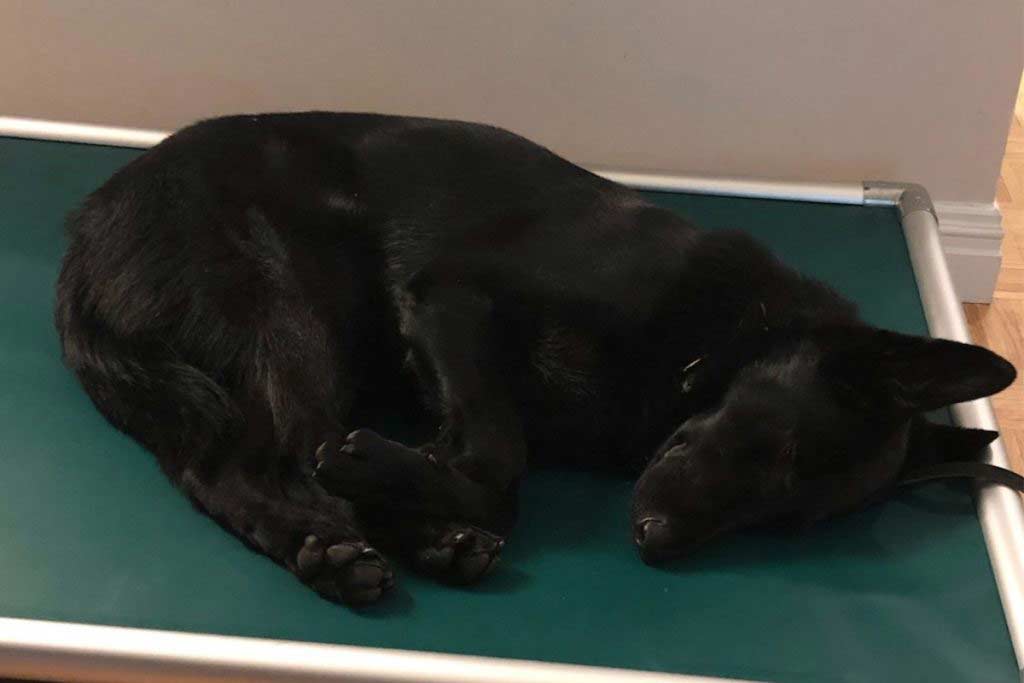
And I don’t feel bad for doing a good Netflix or book semi-all-nighter about once a week.
In fact, here’s my daily routine.
- 6 AM: Take Falco for his potty break + feed him
- 6:30 AM: Sometimes I’ll nap. Other times, I’ll read, journal, and think.
- 9 AM: Eat breakfast and get ready for the day
- 10 AM: Write my email of the day to you
- 10:30 AM: Do my livestream of the day
- 11 AM: Take Falco on his walk of the day + Lunch
- 1 PM: Create my Instagram post and story of the day.
- 2 PM: Coach my private coaching group, Empire.
- 3 PM: Another potty break for Falco
- 3:30 PM onwards: I’m either working on updating one of my courses right now, creating a new course, studying some coding, or doing some reading (Currently I’m reading Business Adventures by John Brooks.)
Most days, I’m only spending about three to four hours in my business.
I couldn’t have done any of this with a corporate job. My business has given me TONS of freedom.
That said, there’s a lot of dubious information out there when it comes to home businesses. If you google “home-based business ideas,” you get suggestions like “donate blood plasma” or “fill out surveys.”
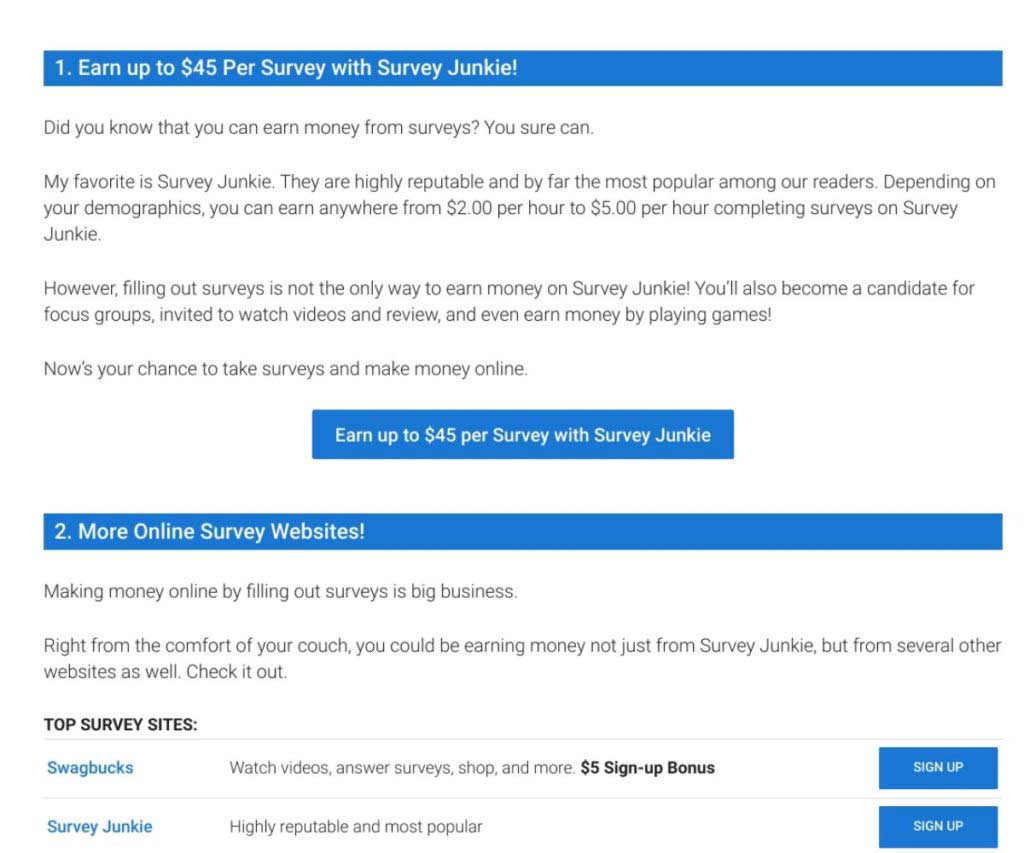
Sigh.
Before we go into what it takes to build a successful home business that earns you more than $100 extra a month and doesn’t require you to sell your soul, let’s do some myth-busting.
Myth #1: All business ideas are equal
One of the things you’ll notice about these lists is that they talk about vastly different ideas like coupon collecting and selling a valuable service.
Look:
It’s NOT the same thing to make a couple of extra $100s as it is to build a profitable home business.
(Nothing wrong with earning extra money. But it won’t help you replace your salary anytime soon.)
And a profitable and impactful business is NOT the same thing as an MLM or dropshipping business (two dubious business models that don’t deliver a lot of value to their customers).
What I’m talking about is a new type of business that’s sprung up thanks to the internet:
The Education Economy, which lets you use your skills to help people improve their lives.
For example, you can sell your existing skills to help people…
…Find their dream job.
…Improve their health.
…Make more money.
You do this with services, such as coaching and consulting, and online courses.
By selling transformative services and courses, you can replace your salary and make your home office your permanent workplace.
Myth #2: There are ways to “get rich quick”
I’m a BIG believer in outrageous goals.
Heck, I’ve used them myself. In my first year in business, I set a goal to make $1 million in sales from my third sales launch. I didn’t quite hit it (I did reach $800,000), but I still made 7 figures in my first year in business.
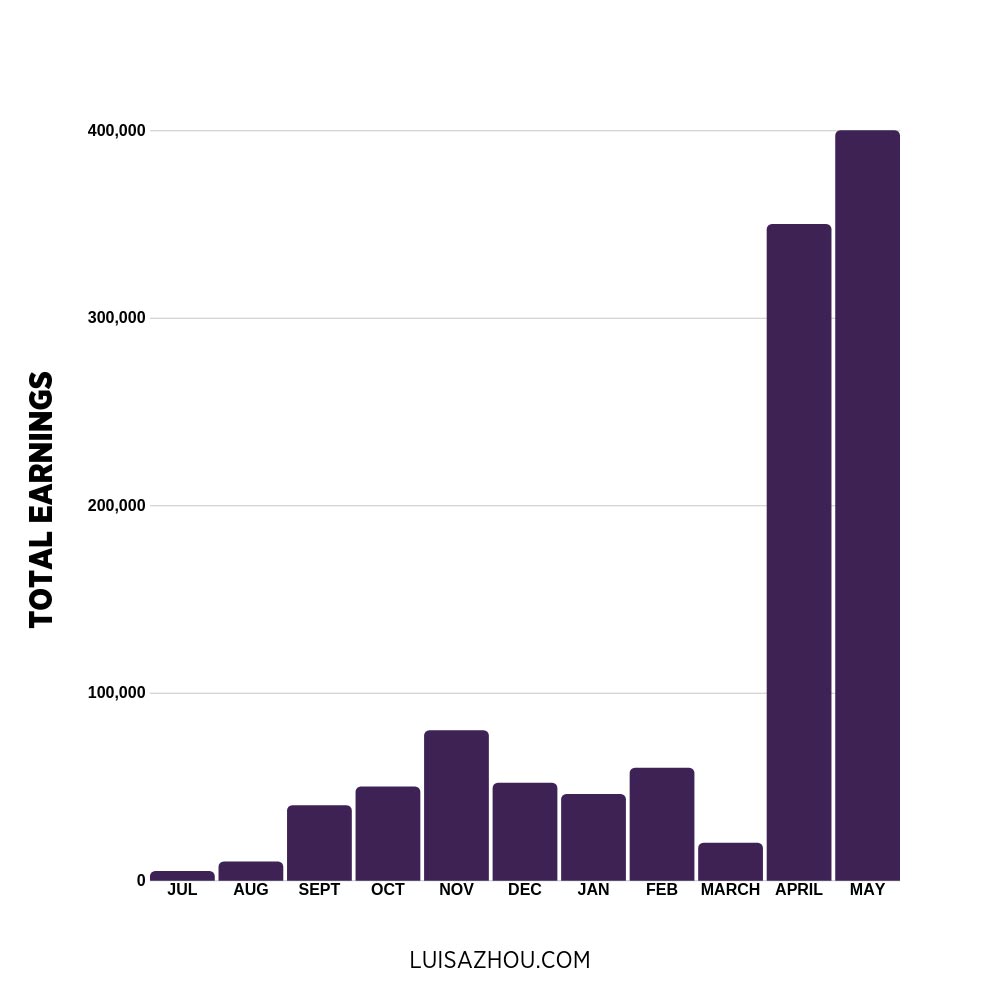
That said, what might have seemed like an overnight success to others, was anything but.
I started building businesses several years before making that million.
Over a period of 10+ years, I’ve run a tutoring business, a payment app startup, a couple of failed consulting/coaching businesses, a Facebook ads coaching business, and my current business.
Trust me, I’ve tried a lot of things. I’m not your typical college dropout who now lives in Bali and runs a dropshipping business. (In fact, I graduated from an Ivy League school).
That’s why I know that when someone promises you that you will make a load of money fast without any effort, you should run in the opposite direction.
That’s not to say you can’t become successful fast if you put in the work. But no business lets you sit back and watch the dollar bills roll in.
Myth #3: You need to start by setting up a website
A third myth I’d like to bust for you is this:
You need to first set up a website to build your home business.
There’s this idea in the online business space that a website equals a business. That people will just magically find your blog and buy from you.
But for the majority of my clients, and this was the case for myself, I don’t recommend starting with a website.
The thing is:
I didn’t have a website until I had made well over six figures in my business.
In fact, I don’t think I would have made six figures with a website.
Why?
When I started my business, I was in a demanding day job. To manage both, I had to figure out how to work on only a few things that would bring in big results.
For me, as a digital advertising consultant, that meant putting myself in front of people, building great relationships with them, and turning those relationships into clients.
At the time, I didn’t have an audience. If I had focused on building a website and published my content there, I wouldn’t have gotten much more than crickets — no matter how good my content was.
Occasionally, people would ask to see my website because they were interested in working together. I always sent them a link to my LinkedIn page.
Ultimately, it didn’t matter. People cared much more about talking to me before making that decision to hire me as their coach.
You DON’T need a website if you have 0 clients right now. Instead, focus on finding your idea, understanding your market, and getting your first clients (I share the steps here below.)
When I eventually DID put up a website, it was this:
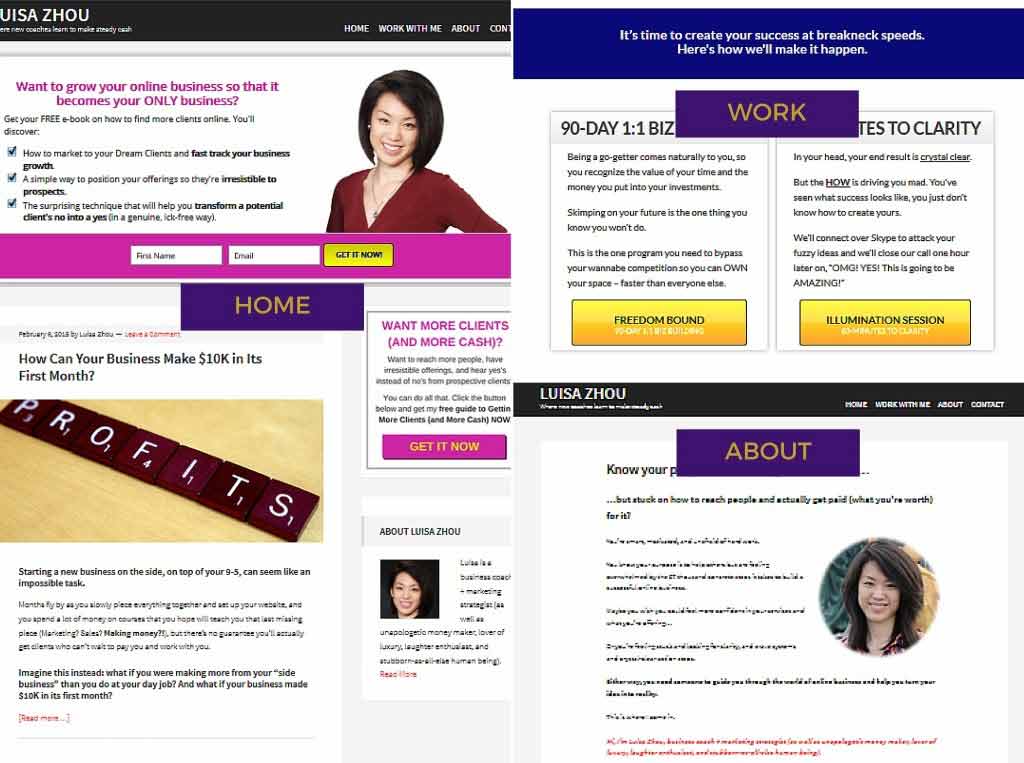
Quite far from my current website, huh? But it was all I needed when I was building my business.
How do you choose YOUR home business idea?
One of the perks of running an online business?
I get to work from home. In fact, I’ve worked from home for years.
I spend my days in my home office:

Granted, my first office looked more like this…
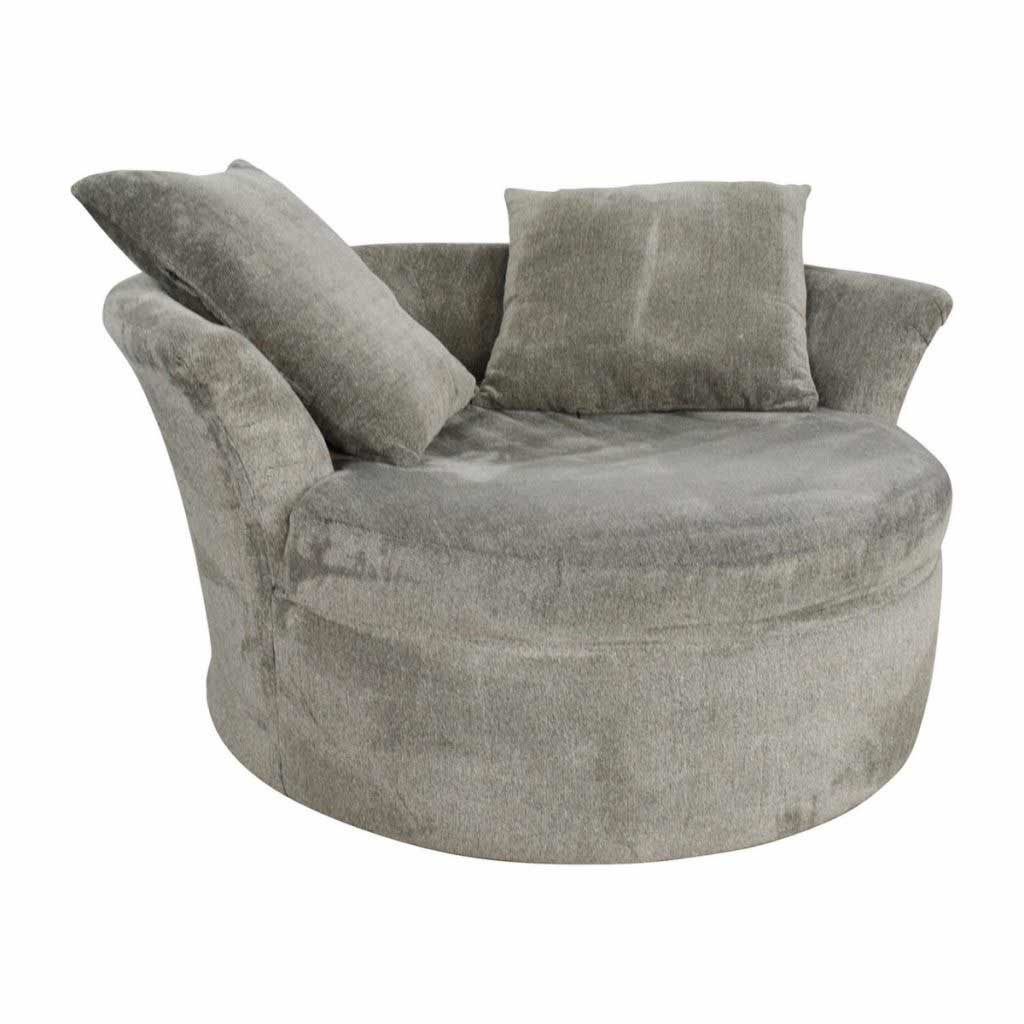
That’s where I would spend my evenings and weekends.
So, how did I decide to start my home business?
At the time, I was leading a team at a tech startup.
Several years prior, I had built my first business, a tutoring business.
I did make a good, 6-figure income from that. But it wasn’t what I wanted to do for much longer, so I quit.
I then went into the corporate world and did a whole bunch of things. I was an engineer at the International Space Station, worked in financial services, and tech startups.
All of this proved me right:
The corporate world wasn’t for me.
It all came to a head when all of my family members suffered life-threatening illnesses within one, single year.
I couldn’t take time off to be with them because I didn’t have any vacation days left.
That’s when I realized how limiting a 9-5 is.
How I discovered coaching
Thanks to having built offline and tech businesses before, I knew that my next business would be an online business. An online business can be so much more flexible, profitable, and scalable.
The problem was that at the time, pretty much no one talked about the Education Movement or coaching as a business.
But one day, when I was mindlessly searching Facebook groups, I saw a recommendation for a Facebook group pop up. And the group name was something along the lines of “Become a coach.”
That caught my interest.
When I realized that a coaching service can be a high-end service offering and I would potentially only need around 20 sales to make $100,000, I thought:
“Bingo! I’ve found my business model.”
So I started looking into building a coaching business as a way to replace my own 6-figure salary.
After a few failed ideas as an Excel consultant and a career coach, I came up with digital advertising as a consulting service.
It was something I was already doing at my day job and I realized that a lot of people were asking for advice in Facebook groups.
Fast forward to today and I’ve switched to business coaching, which has allowed me to help 1000s of students start their own home businesses.
I’ve built a multiple 7-figure business that yes, lets me work from home.
I’ve been featured on sites like Business Insider and Forbes and spoken at industry events like Gary V Live.

All thanks to the coaching business I started.
The reason coaching helped me achieve all this is that I could charge a high rate from the start. By charging between $1,500-$5,000. I didn’t need THAT many clients at $5,000 to replace my 6-figure salary.
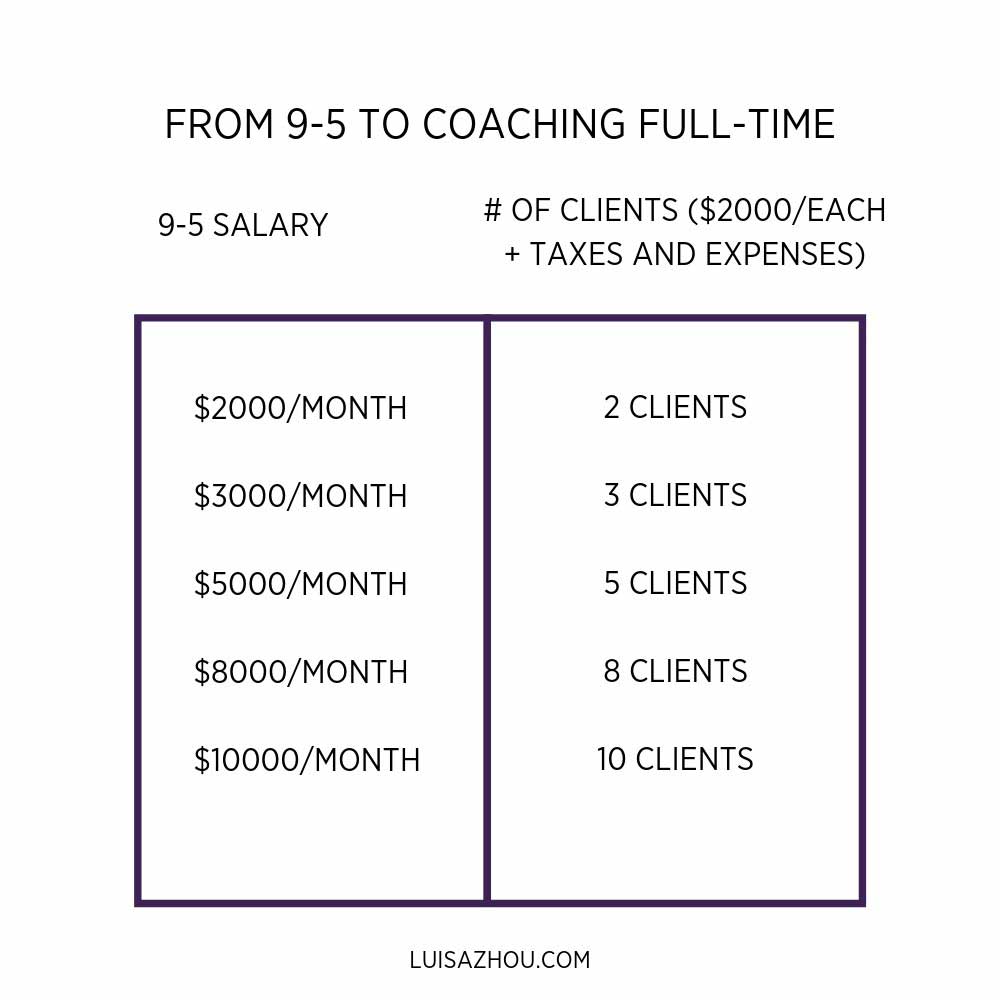
This applies to all types of services: coaching, consulting, and done-for-you freelance services.
Because you personally support your clients in achieving a goal, you can start by charging $1,500 for a 3-month package.
The pros and cons of different online business models
So far, we’ve looked at the business model I used to start my home business — a service-based business model.
But as you might know, there are plenty of other businesses you could start. Why don’t I recommend them?
It all comes down to the business model that can replace your salary.
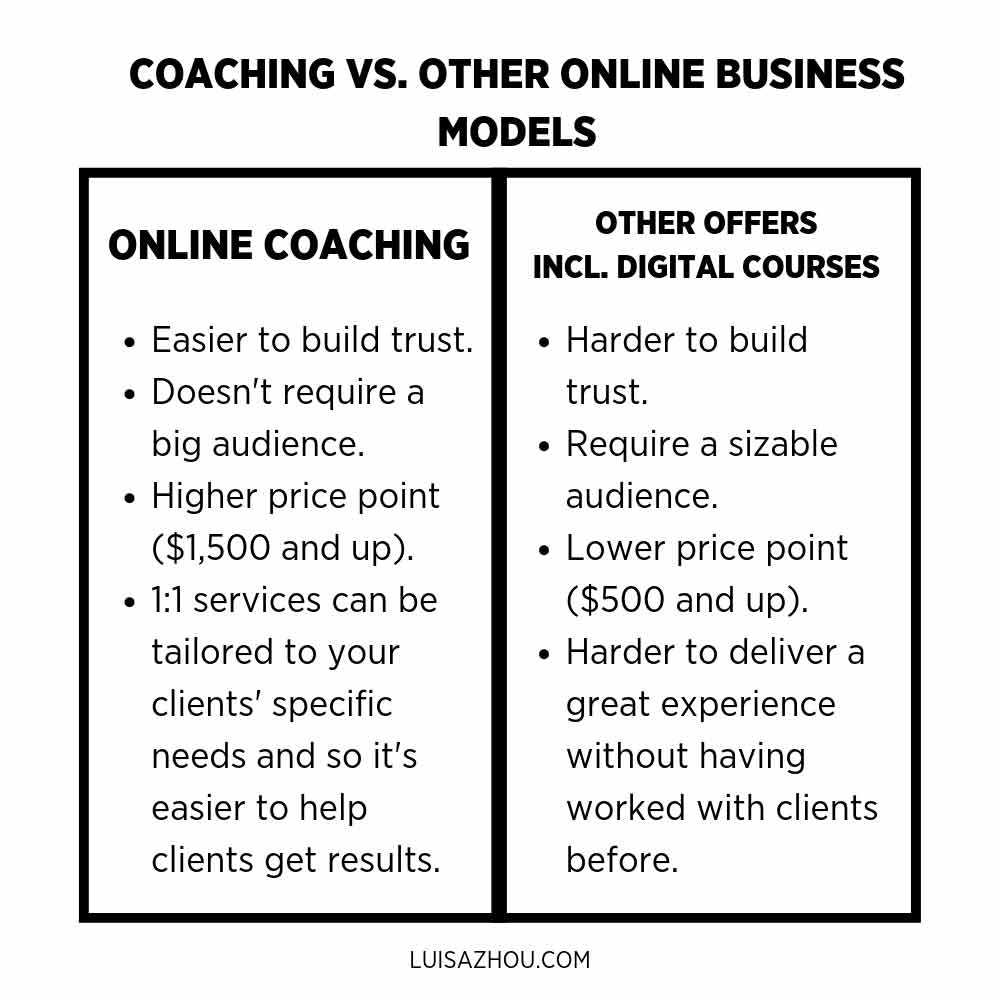
An ecommerce business
I don’t recommend my students to start selling physical products because they take a long time to create, they aren’t as profitable, and you have to sell a lot of products to make a decent income.
Blogging
Blogging builds on you having a big audience that wants to buy the products you recommend. The problem? It can take years to build an audience that’s big enough for you to make any money at all.
Affiliate marketing
As with blogging, affiliate marketing requires an audience that’s big enough to keep up your business. Not only that, but you also need to find products that people want to buy.
Teaching your skills
The last business model is online courses. And while you absolutely can go into that, it’s a lot harder to sell a course than it is to start with coaching. Instead, I recommend my students to start with coaching and then transition into packaging their coaching offer as a course.

Want to Build a 6-Figure Coaching Business So You Can Achieve More Freedom?
Get Instant Access To My FREE Ultimate Guide Below!
When you sign up, you’ll also receive regular updates on building a successful online business.
How to find YOUR skill
Look, there’s a lot of advice out there on finding the perfect business idea.
But the truth is that you don’t need to spend time finding an idea. Instead, what I’m going to say is:
You already know pretty much what your business can be about.
It’s whatever is easy for you that’s hard for others… THAT’S your business idea.
There are three areas that it comes down to:
#1: Your skills. Things you’ve learned in your job or developed through some sort of learning.
#2: Your accomplishments. Anything you’ve done for yourself. For example, one of my clients has built a real estate portfolio in his spare time. Now he teaches others to do the same.
#3: Your strengths. These are your natural accomplishments rather than something that you’ve learned. For example, I have clients who help others with their stress, confidence, or happiness.
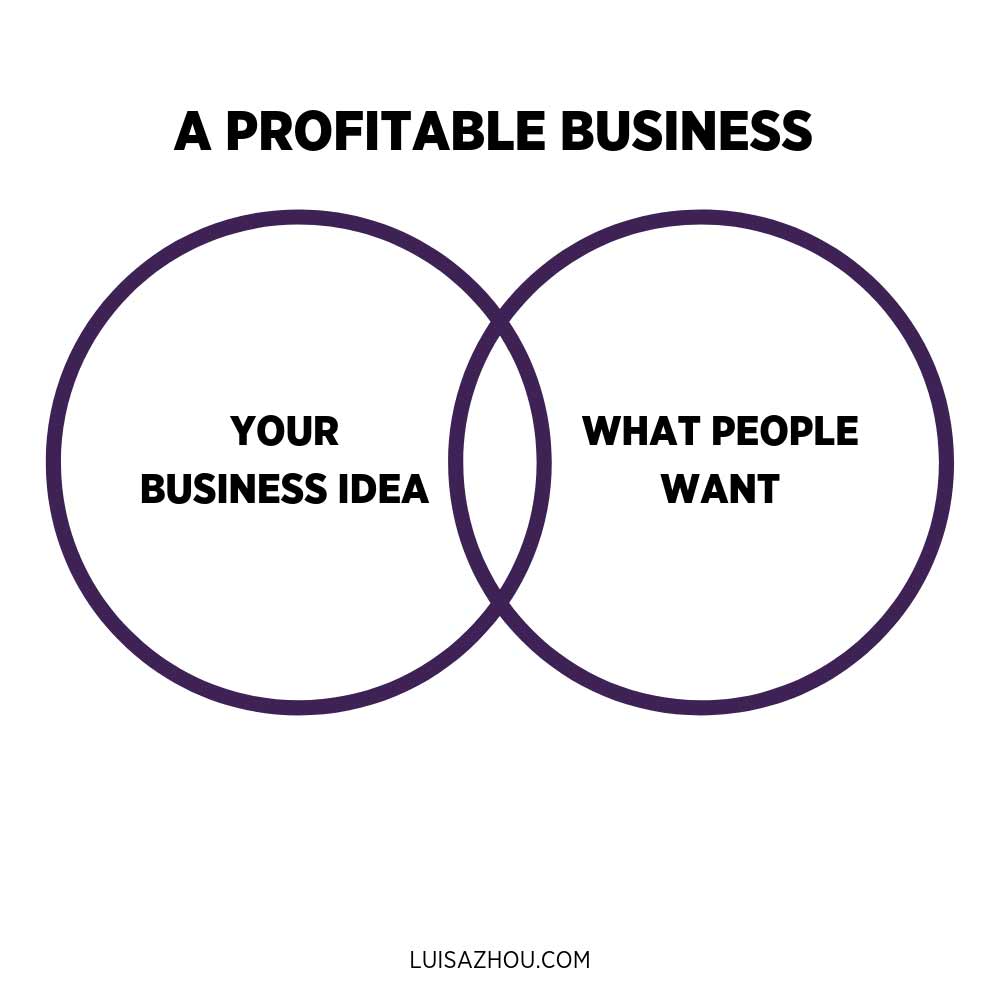
100 successful home business ideas
Now you know why a service-based business is the best business model for new entrepreneurs who are still in their 9-5.
But what are some profitable home business ideas? (After all, you don’t want to go from your full-time job to something you don’t love doing.)
Here are 100 ideas for you, along with some of the businesses my students have built.
1. Health coach
David, who used to work in an architecture firm, helps people lose weight with wild herbs. He followed the steps I shared with him to find his positioning. By the second month, he had landed two coaching clients for $3,000.
Read my health coaching guide here.
2. Confidence coach
3. Productivity coach
4. Relationship coach
Ruby used to work at companies like eHarmony. Two weeks after starting her coaching business, she had signed on her first client. And 6.5 months later, she was able to quit her day job. You can read more about Ruby’s story here.
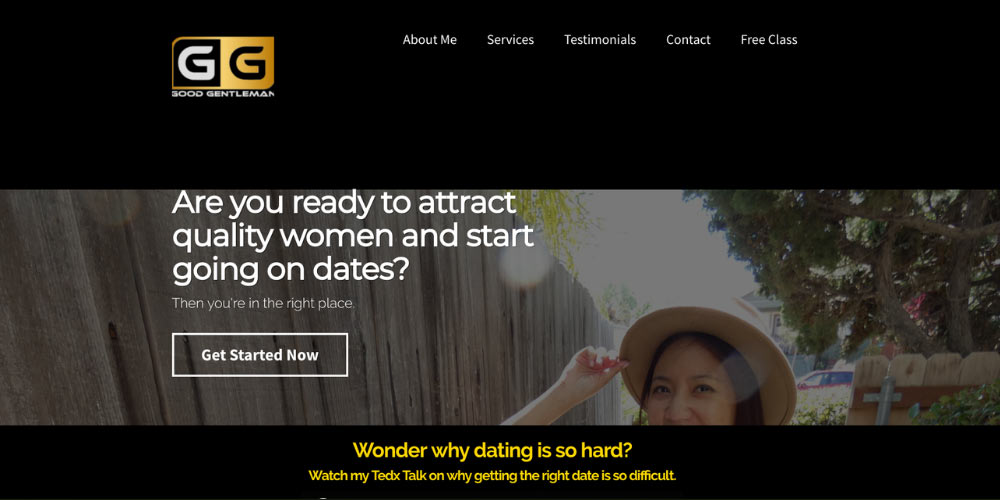
5. Marketing coach
6. Financial coach
7. Freelance writer
8. Paid advertising coach
9. Writing coach
10. Executive coach
11. Event planner
12. Leadership coach
13. Video coach
14. Fitness coach
15. Financial coach
16. Nutrition coach
17. Success coach
18. Parenting coach
19. Language coach
20. College consultant
21. Real estate coach
22. Web designer
23. Photographer
24. Brand strategist
25. Facebook ads manager
26. Website designer
27. Happiness coach
28. Marketing strategist
29. Copywriter
30. Speaking coach
31. Sports coach
32. Online tutor
33. PR strategist
34. HR consultant
35. Running coach
36. Wedding planner
37. Social media strategist
38. Illustrator
39. Developer
40. Grief coach
41. Professional organizer
42. Habits coach
43. Communication strategist
44. Spiritual coaching
45. Social skills coach
46. Video editor
47. Text editor
48. Proofreader
49. Translator
50. Sleep coach
51. Breastfeeding coach
52. Business development consultant
53. Career coach
Emily is a career coach who started as a recruiter for Fortune 500 companies. Today, she runs her 6-figure business by coaching people and selling online courses.
54. Sustainability consultant
55. Vegetarian or vegan health coach
56. ADHD coach
57. Birth coach
58. Dance instructor
59. Music coach
60. Cooking instructor
61. Makeup artist
62. Personal stylist
63. Coach for expats
64. Immigration coach
65. Real estate coach
66. Mindfulness coach
67. Travel coaching
68. Email marketing manager
69. Marketing automation consultant
70. Interior designer
71. Office consultant
72. Coach for corporate teams
73. Sales coach
74. Executive coach
75. Stress coach
76. WordPress consultant
77. SEO strategist
78. Mindset coach
Spencer is a mindset coach with decades of experience in that space. She quit her job of 18 years and now makes 3x the amount of money she used to make while working ¼ of the time she used to work.
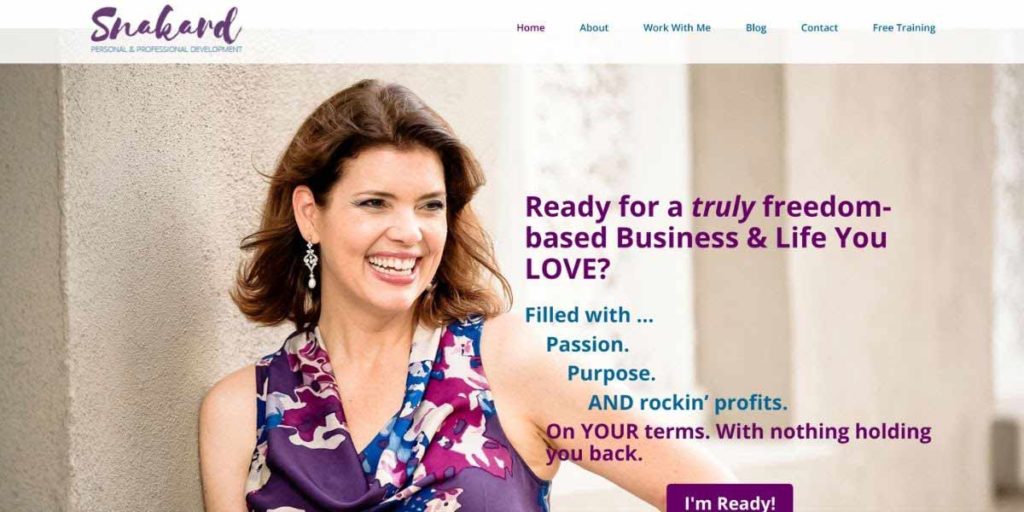
79. Healer
80. Instagram manager
81. Pinterest manager
82. Couples coaching
83. Customer experience consultant
84. Growth marketing consultant
85. Travel points consultant
86. Pet training coach
87. Family coach
88. Weight loss coach
89. Brand experience consultant
90. Retail consultant
91. LinkedIn manager
92. Creativity coach
93. Time management coach
94. Retiree coach
95. Adoption coach
96. Interview skill coach
97. Project management consultant
98. Online dating coach
99. HR consultant
100. Professional networking coach
How to build your own home-based business
How do you get started building your work-from-home business?
Building a business doesn’t need to be overwhelming (even if it’s not easy).
I remember how, early on in my business, I was working SO hard to get my website perfect, set up my pop-up just so, and write the best email series I could.
It was HARD.
I remember wondering why it felt so complicated to get a client…
Until I got my first client. Not through any of the complicated systems I’d spent so long setting up. Just by talking to her and answering her questions online.
It’s the same today.
The more I do the SIMPLE stuff…show up every day on my livestreams, Instagram posts, and this blog, the more responses and sales I get.
That’s why, to reach a good income ($5,000-$10,000/month), you don’t need more than a simple strategy.
The strategy to get your first clients
If you want to sell to someone online, you have two options.
You can either set up complicated funnels with ads to draw people in, emails to market to these people, and webinars to sell to them. Learning the ropes of this will take years, not to mention tens of thousands of dollars.
Or, you can talk to your clients and that way, build trust.
The simple strategy to get on your clients’ radar is to publish content where people are already consuming it (aka. not your website!).
This could be a guest post, social media posts on Reddit, Facebook, or elsewhere, or a podcast guest appearance.
Think you’re not good enough to get published?
When I first got started in coaching, I initially tried career coaching (ultimately, my heart wasn’t in it so I didn’t pursue that business).
I had an audience of zero people but I reached out to one of the editors at HuffPost.
My pitch was for a guest post on workplace bullying — and to my surprise, they said yes!
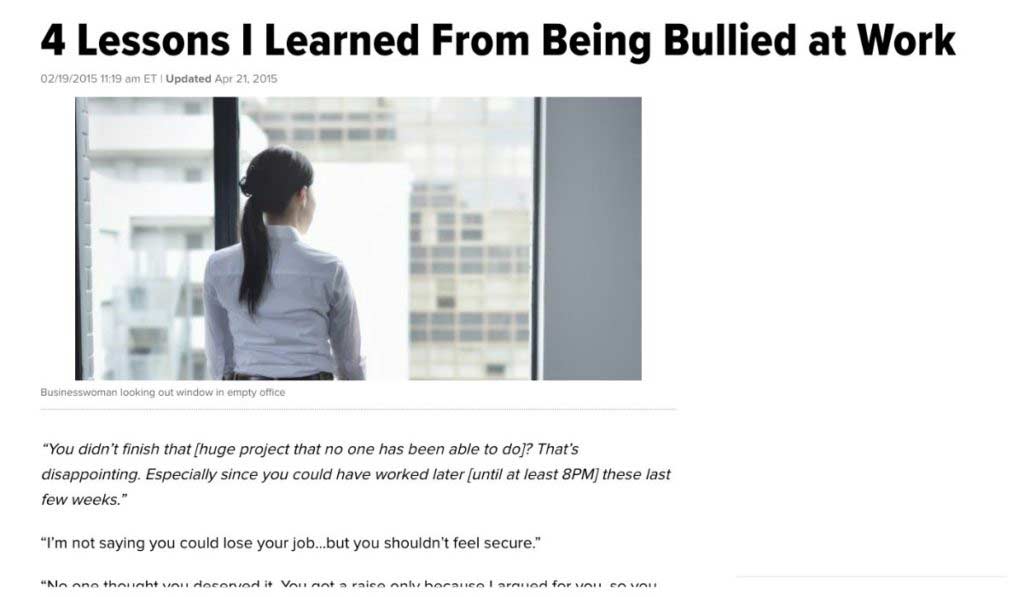
Plus, you can get started on platforms like Facebook groups. That’s how my first client found me. After helping her for free for a few weeks and building that relationship, she was happy to pay me $5,000 as a consultant.
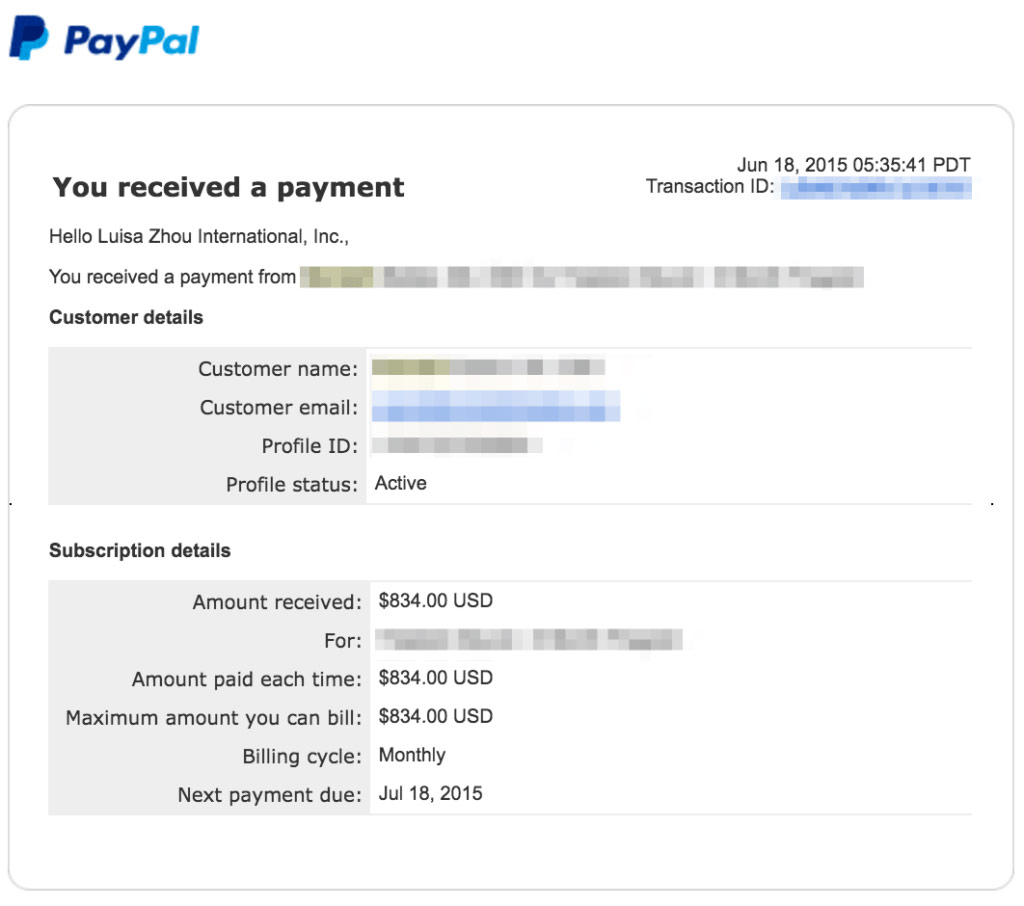
In these groups, I didn’t publish ad after ad about my services.
Instead, I wasn’t really trying to sell at all. I was trying to give as much value as possible to my audience.
I figured that if I did enough of it, people would think:
“Who is this Luisa girl? She seems to know what she’s talking about. Wonder how I can work with her!”
So that’s ALL I did when I started my business. I helped my audience in Facebook groups. I published posts where I spoke about Facebook ads, I gave tips, I answered questions…
When the app Periscope launched (which was essentially the first livestreaming app), I would be on there 2-3 times a week, doing a livestream.
I hit my first $5,000-month and then $11,000 while having no Facebook page or group. At the time, my email list was probably less than 100 people.
Even when I went from making $11,000/month to $51,000 in sales, I wouldn’t do much else than engage my people. Any time I had, I did livestreams and engaged in Facebook groups.

How I made time for my business
How did I make time for my business (and get my first client) when I was still in my 9-5?
Simple:
During the week and when I had a busy day, I would take 30 minutes to see if people had responded to my social media posts and replied to emails.
During the weekend, I took out some time to create posts and frontload the work for each week.
That’s ALL I did.
How to sell your offer
By now, you know (or you’ll soon figure out after a bit of brainstorming) what skill you want to offer as a service.
But that’s not how you SELL your skill.
Instead, you need to position your offer so that people WANT it.
Ask yourself:
What’s the end result someone gets when they buy from you?
I’m not talking about the number of calls or PDFs. Instead, what’s that transformation they go through?
And is it a transformation you think they want… or they actually want themselves?
For example, some of my health coaching students will say, “I don’t want to talk like health coaches usually talk like. Instead, I want to teach people how to love their bodies.”
And while that’s a great goal and something you might teach in your coaching, your clients might not talk about their problem in that way. They might say, “I want to lose 50 pounds.”
Watch this short video I put together for you to learn more:
Going from one client to many
Getting your first few clients usually takes 2-3 months.
Once you’re at that point, you can start building a system for yourself and scaling with paid advertising.
Aim to do this for about three months so that you start to consistently get as many clients you need per month to average out to your monthly income.
That’s where you’re at a point where you’re able to replace your income.
Because, look:
When you have worked with a few clients, getting more clients gets easier.
When I had worked with my first five clients, I had plenty of testimonials about the results they had gotten from working with me.

This built my credibility and other people, who had maybe hesitated to work with me because they didn’t know who I was, started reaching out to sign up for my services.
Plus, selling to existing clients is easier than getting new ones. When I had worked with a client for three months, which was the length of my coaching package, I reached out and asked them if they loved the results they were getting.
When they said yes, I told them, “I would love to work with you for another three months to reach your other goals.”
The more people I worked with, the faster I became at helping them achieve results. I soon had a system in place that allowed me to spend less time on client work and more time on building my business.
In the last month before I left my job, I had already made $50,000.
How to make this a foolproof system
See how this approach makes building your home business pretty much a foolproof strategy?
Even if the strategy is simple, it’s not easy. You have to trust the process when you’re growing your business. In the beginning, no one will probably notice you or engage with your content.
I can’t tell you how many posts and livestreams I put out there, where I was basically talking to myself. Nobody cared.
I just had to learn from those posts and create something better next time. That’s how my business grew — but it wasn’t fast and it wasn’t easy.
I also didn’t think about how to build my business to a multi-million dollar business. Instead, I took it one day at a time.
Even one sale was a success.
And most of all, I didn’t give myself any room to be overwhelmed or scared. I used the time I would have been procrastinating on engaging in Facebook groups, without thinking, “Will this work?”
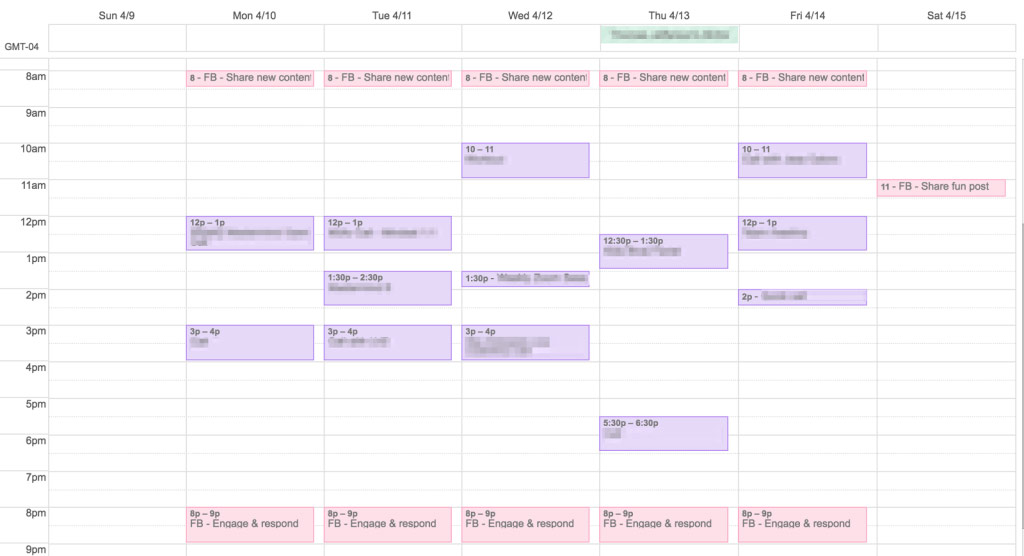
If you want to build a home business, your mindset is at least as important as your strategy. Is your life busy and demanding? That’s OK.
By taking it one step at a time, you’ll slowly but surely start building your business (the business that will let you quit your job and work from home).
Scale your home business
An online business can be scaled faster and cheaper than a normal business. That’s because most of the money you make is profit.
But I always recommend my clients to FIRST focus on making $5,000-$10,000/month. Once you’re at that point, you can move on to the fancy funnels and paid advertising.
That’s why your #1 job right now is to start getting clients. When you’ve done that, you can move on to what I describe here below.
When I scaled my business from six and seven-figures to multiple seven figures, I moved from Facebook groups to Facebook ads. This, by the way, took me almost three years.
But while I was building up my automated ads sales funnel, I was simultaneously coaching and doing live launches (which means that you launch to your existing audience) and that way, driving revenue. That way, I didn’t have a drop in revenue.
The first strategy (Facebook groups) alone took my business to multiple six-figures. And the second one to multiple seven.
More recently, I’ve started focusing on Youtube. And since committing to this, I have consistently published weekly Youtube videos for the last year and a half or so.
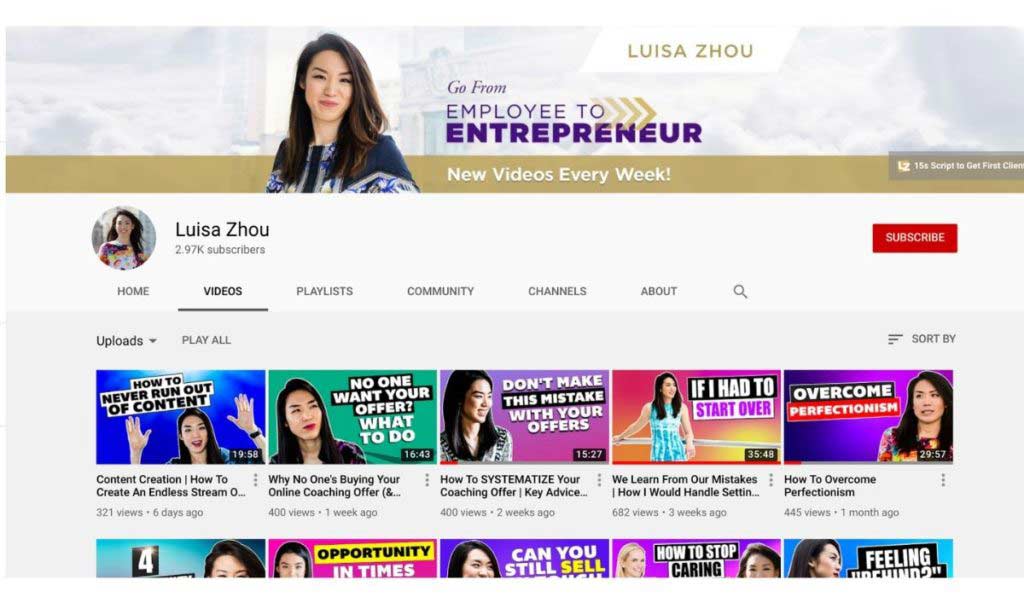
Next, I started my blog. Not just reposting my emails to my blog, as so many people do. But actually writing different, in-depth content that is not only useful for you but that also helps me connect with people who are searching for that information on Google (like you!).
And with that, I committed to testing Pinterest as well. I’ve also started testing business partnerships through affiliate ventures.
There is a time and a place for all these marketing strategies. Start with one, get your first clients. and then move on to scaling and growing your business revenue and profits… While working from home.
What’s next?
Building a successful home business doesn’t need to be complicated. You just need an idea and you’re good to start working on your business. It DOES take determination and perseverance, but so do all those things that are worth doing.
Want to learn more about starting your own online business?
Get my free blueprint on how to start a six-figure coaching business:

Want to Build a 6-Figure Coaching Business So You Can Achieve More Freedom?
Get Instant Access To My FREE Ultimate Guide Below!
When you sign up, you’ll also receive regular updates on building a successful online business.





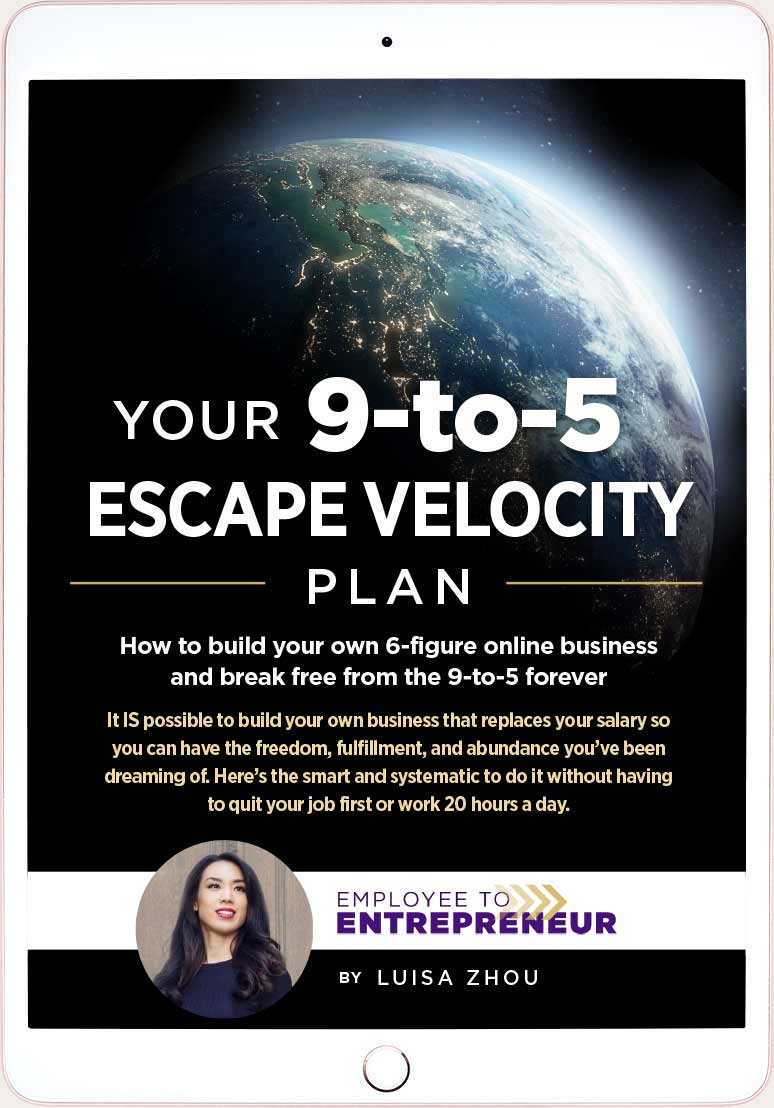



One Response
There are opportunities everywhere if you know where to look. It is all about using these strategies so that you can make money while working from home.